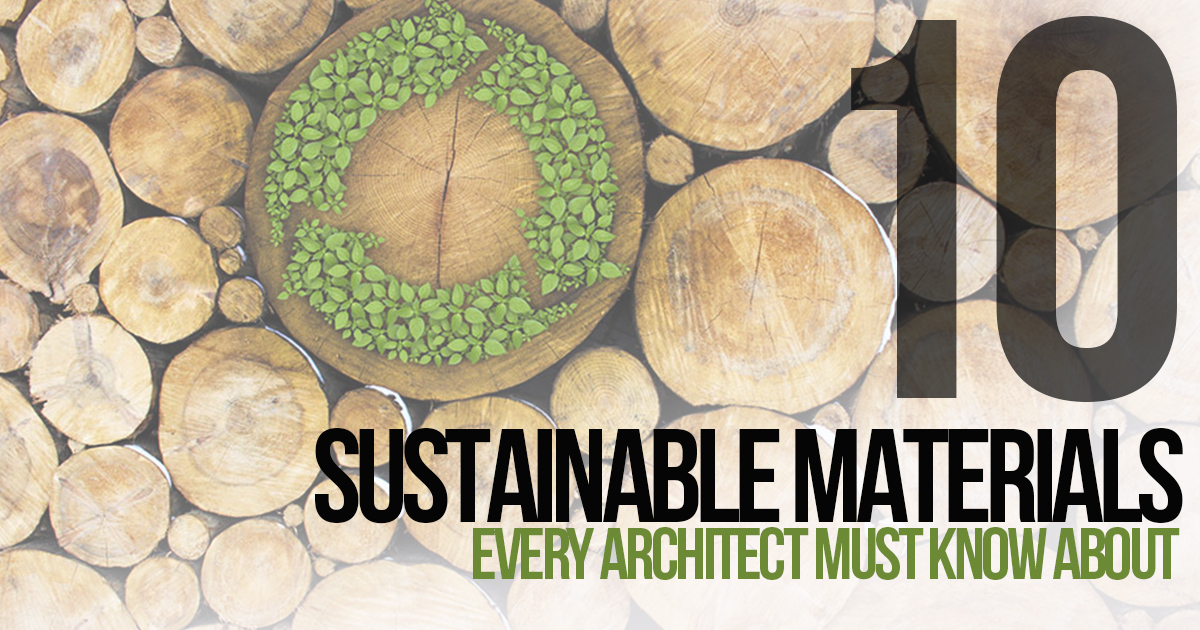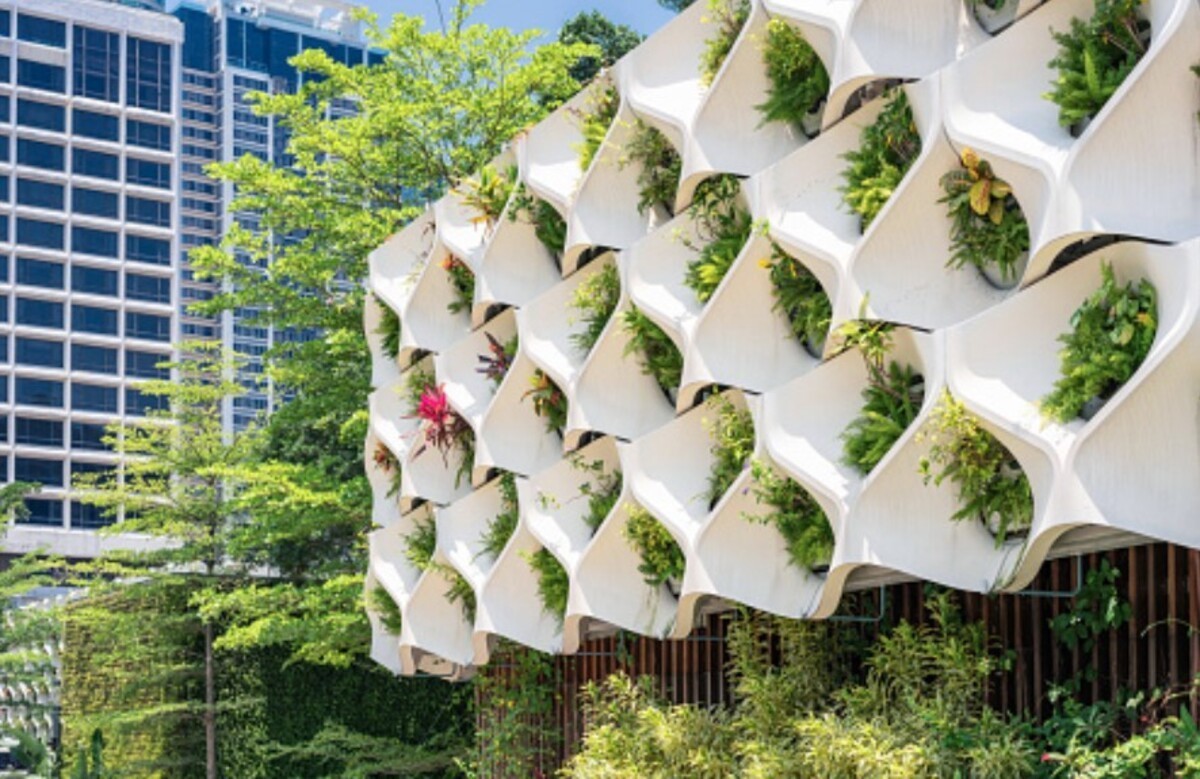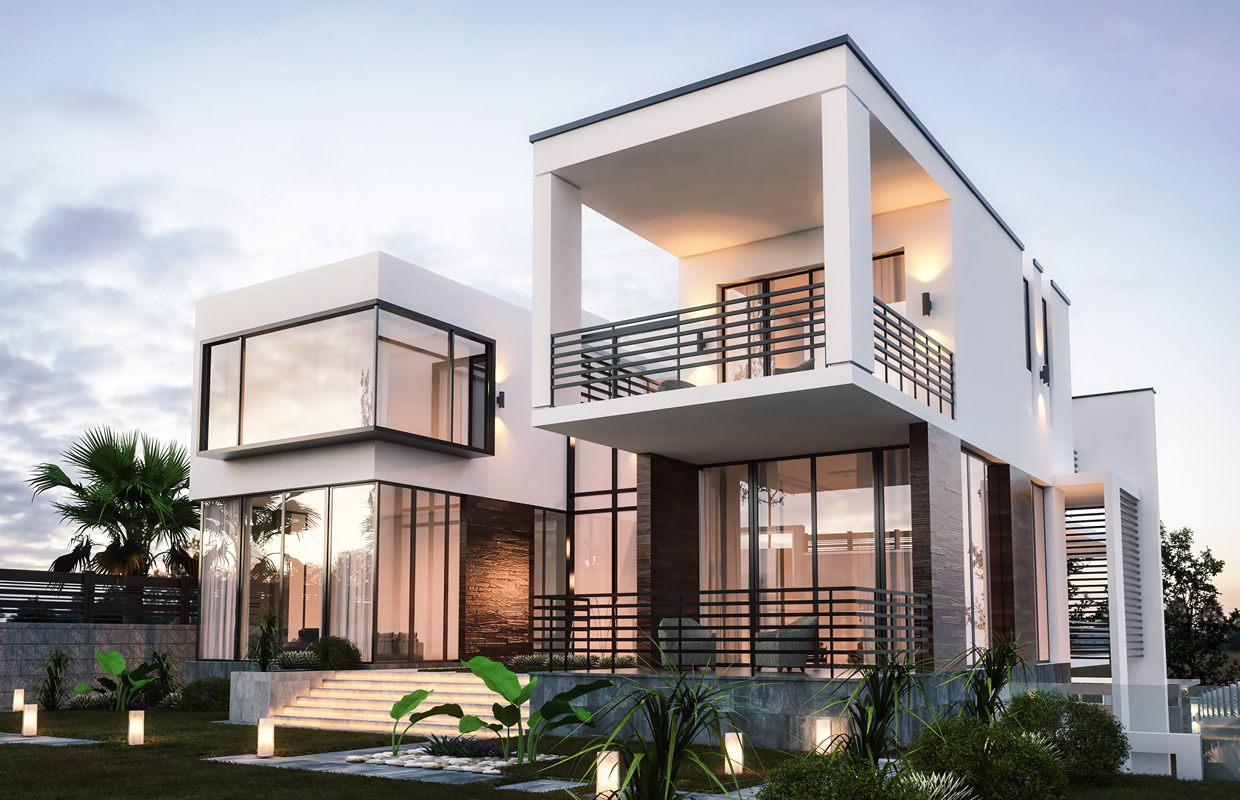Table Of Content

You can also claim certain tax deductions by choosing electric vehicles for your company fleet and purchasing renewable energy-producing equipment for your office. Check your country’s tax code and government incentives to find out what you qualify for, if anything. It also includes opting for sustainably sourced materials and packaging items and components efficiently, so you’re using less packaging overall. Design with an enduring aesthetic and functional appeal, promoting product longevity, reducing waste, and discouraging a culture of disposable consumption. The Green Web Foundation built a checker to help you quickly find out if your hosting provider is using green energy or compensating for its services. If you want to make the switch to a green hosting provider, the foundation also published a directory of 478 green hosting companies in 35 countries.
Keep Home Building and Design Natural
Sustainable design is not just using recycled paper for packaging or reducing the total amount of packaging… but those certainly are components of sustainable design. The goal is to lessen and ideally, eliminate humans’ dependence on natural resources like oil, water, coal and air. It’s more than packaging made of recycled materials and using less plastic; it’s everything from how an electronic device is wired to products being built to last, rather than built to be replaced when they become obsolete. These case studies underscore how sustainable design can reshape industries, inspiring businesses and individuals. By embracing innovative approaches and integrating sustainability into core practices, organizations can drive positive change while reaping benefits far beyond the bottom line.
Power in Products
ASU Cronkite grad merges photojournalism with sustainability, design ASU News - ASU News Now
ASU Cronkite grad merges photojournalism with sustainability, design ASU News.
Posted: Sat, 27 Apr 2024 01:22:58 GMT [source]
Sustainable design is designing and constructing buildings and other structures to minimize their environmental impact and maximize their positive environmental contribution. It involves using materials, energy, and resources responsibly and efficiently and considering the long-term effects of a building on its surroundings and the planet as a whole. The learning guide introduces you to the broader context and importance of designing products and services with a reduced environmental impact. The action cards explore problems you might encounter in different phases of the design process and how to solve them. Last but not least, the flowchart helps you find out which sustainability actions can be applied to the specific type of project you are working on by providing useful tips for designing in a more conscious way. The principles above are general considerations that designers can depend on in order to build a sustainable design or service.
Sustainability Methods and Design Principles

Overall, sustainable architecture can offer a range of economic benefits to building owners, occupants, and communities, making it a financially attractive option and an environmentally responsible one. Whether you are an architect, builder, or building owner, the sustainable design offers a range of economic and environmental benefits worth exploring. Like all A Book Apart publications, Sustainable Web Design is available in print and digital editions — just remember that the digital copy is not a carbon-free option, as many of the resources in this roundup have noted. Then again, the printed copy also has climate considerations due to the costs of transporting the book to your front door. Just buying the book is an excellent example of the conundrums of sustainable design. The process is mapped to traditional design thinking, helping you start work by aligning objectives and documenting assertions before tying them into user needs.
Rare reveals new building with sustainable design at its heart - Microsoft
Rare reveals new building with sustainable design at its heart.
Posted: Mon, 22 Apr 2024 07:17:19 GMT [source]

Even if your goal isn’t to court eco-conscious customers, choosing sustainable design will inevitably mark your brand as modern, progressive, ethical and focused on the environment. Design products with minimal waste, considering disassembly, recycling, and upcycling. This approach promotes a circular economy, reduces landfill waste, and conserves valuable resources. Integrate water-efficient fixtures and innovative rainwater harvesting systems to minimize water consumption and manage stormwater runoff.
Keep the product life cycle in mind
Make it known that you’re one of the brands working toward a more eco-conscious future to connect with similar-minded investors. In non-digital scenarios, using less energy often means designing a motor or mechanism that literally uses less power than other designs. In others, it means creating something that’s built to last, so fewer items ultimately need to be manufactured. You might be surprised to learn that sustainable design even extends to web design. Every data transmission uses electricity, and in many cases, that electricity is powered by coal and emits co2. Create designs that accommodate diverse needs, fostering equality and social inclusivity by ensuring that spaces and products are accessible to everyone.
Duvivier Architects
To explain the most important ways designers can help build a sustainable future we've created a roadmap for sustainable design. It shows how the sustainability movement can get more out of design, plus the main areas and ways that design needs to step up on sustainability. Over the coming weeks I will unpack this roadmap in more detail in a series of articles covering sustainable design.
The playbook is set to provide guidelines, best practices, and examples to help you and your team adopt an environmentally-centered design approach. The methods section is an archive of tools, resources, case studies, and expert advice that can be used to educate a team, as well as kickstart a team into sustainable environmental practices. Some designers and gardeners such as Beth Chatto also use drought-resistant plants in arid areas (xeriscaping) and elsewhere so that water is not taken from local landscapes and habitats for irrigation. Water from building roofs may be collected in rain gardens so that the groundwater is recharged, instead of rainfall becoming surface runoff and increasing the risk of flooding.
Carbon Footprint Reduction
Our recent analysis proves that sustainable growth requires a new approach. The practice of adaptive reuse relies on employing old materials to build a modern home. "There are practical and emotional wins where this is concerned," Glaister says. Instead of building new homes from the ground up, repurposing older structures for new use is an emerging trend with no sign of slowing down. "Designers and builders alike are finding that keeping buildings with 'good bones' is more beneficial than starting from scratch," says Glaister.
Several fundamental principles of sustainable architecture include energy efficiency, water conservation, sustainable materials, biodiversity, indoor environmental quality, and adaptability and flexibility. There are also several challenges to implementing sustainable design, including cost, lack of awareness, regulatory barriers, limited access to financing, and limited availability of skilled professionals. This requires interior designers to make ethical design choices and include environmental concerns into their work, as interiors and the environment are closely intertwined. LikeMindedObjects founder and designer Elise McMahon anticipates a rise in the use of obviously recycled materials in products, interiors, and buildings.
A recent collaboration with designer Nada Debs produced the Transcendence Collection, including tranquil blue tiles. One of the more recent sustainable homes Brooks + Scarpa designed is the Yin Yang house in Venice. Recycled and environmentally friendly materials were used like bamboo, composite stone, and tile for countertops and bathroom finishes. The home is designed for passive cooling, incorporates a green roof, and 12 kW photovoltaic system which supplies 100% of the electrical load.
After all, this emphasis on sustainability can mean big things for your reputation, your customer perception, your bottom line, and—most importantly—our planet. You should also keep your packaging as lean and streamlined as possible—as you’d likely guess, packaging a small item in a large box isn’t particularly eco-friendly.
In this article, you will learn about a few ways the home improvement industry approaches sustainability in its practices and how you can get involved, too. The future home of Dan Brunn is the Bridge House—a 4,500-square foot rectangular structure that stretches over a creek in Los Angeles’s historic Hancock Park. According to Brunn, the home will “serve as a demonstration of innovative systems and forward-thinking processes.” The Bridge House will be net-zero, using solar panels on the whole of its roof to generate power. It will also use BONE Structure, which is essentially a life-sized erector set with posts and beams fabricated at a factory, delivered to the site, and assembled using screws.

No comments:
Post a Comment